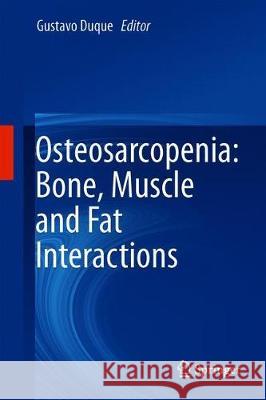Osteosarcopenia: Bone, Muscle and Fat Interactions » książka
topmenu
Osteosarcopenia: Bone, Muscle and Fat Interactions
ISBN-13: 9783030258894 / Angielski / Twarda / 2019 / 383 str.
Osteosarcopenia: Bone, Muscle and Fat Interactions
ISBN-13: 9783030258894 / Angielski / Twarda / 2019 / 383 str.
cena 605,23
(netto: 576,41 VAT: 5%)
Najniższa cena z 30 dni: 578,30
(netto: 576,41 VAT: 5%)
Najniższa cena z 30 dni: 578,30
Termin realizacji zamówienia:
ok. 22 dni roboczych
Bez gwarancji dostawy przed świętami
ok. 22 dni roboczych
Bez gwarancji dostawy przed świętami
Darmowa dostawa!
Kategorie BISAC:
Wydawca:
Springer
Język:
Angielski
ISBN-13:
9783030258894
Rok wydania:
2019
Wydanie:
2019
Ilość stron:
383
Oprawa:
Twarda
Wolumenów:
01











